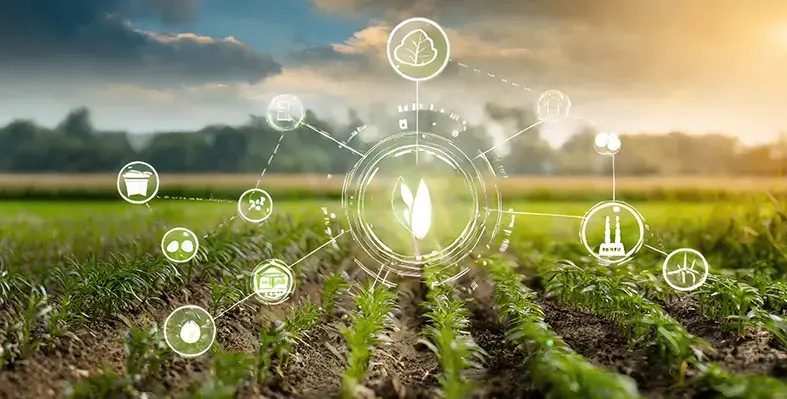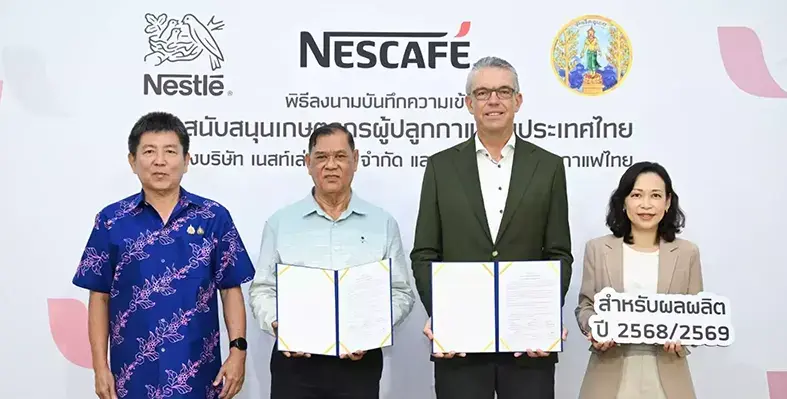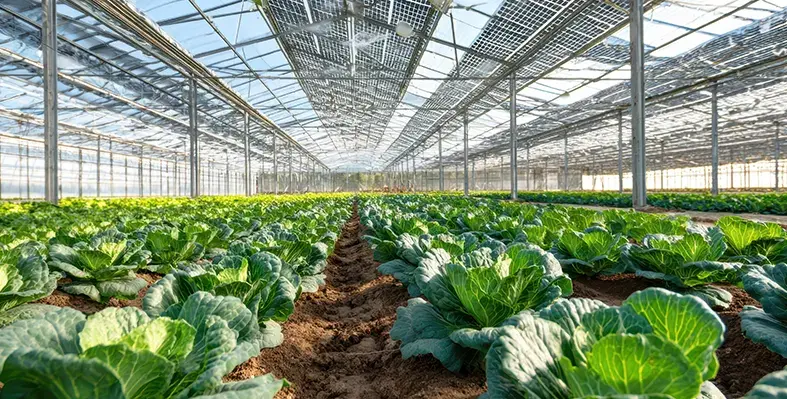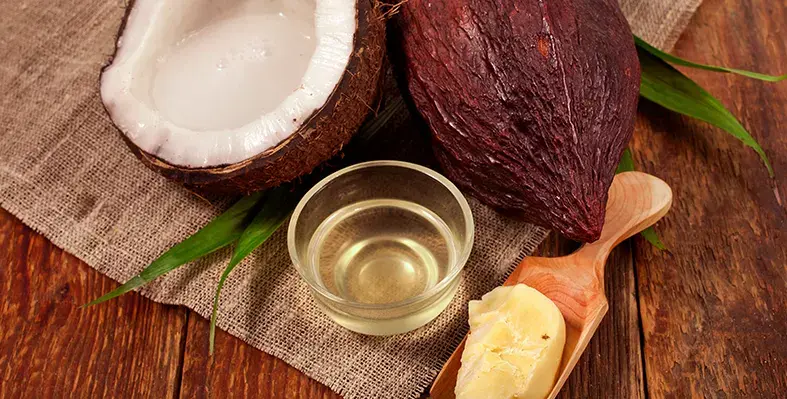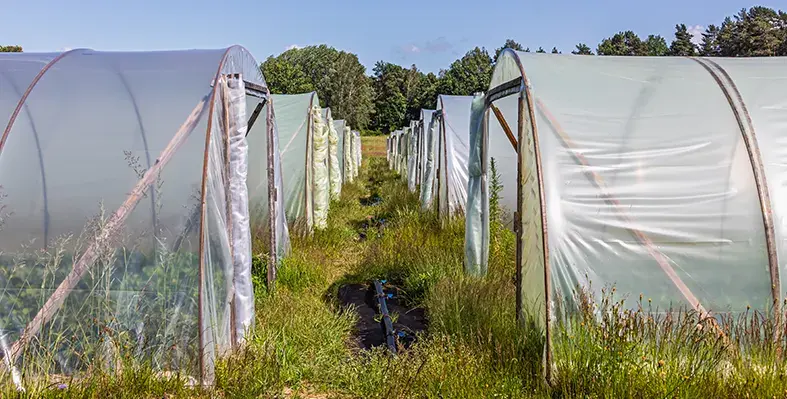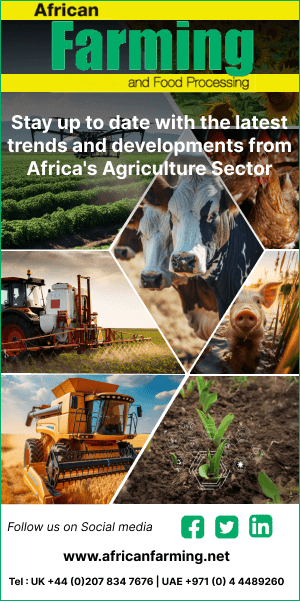In a move set to transform small-scale farming, Advancing Eco Agriculture (AEA) and the Market Gardener Institute (MGI) have joined forces to deliver regenerative agriculture solutions tailored specifically for market gardeners and smallholder farmers
This farmer-focused partnership aims to make proven ecological practices more accessible, empowering growers to improve soil health, crop quality, and overall farm resilience.
“I’m thrilled to announce a new collaboration between AEA and the Market Gardener Institute,” said MGI founder Jean-Martin Fortier. “After years of conversations with John Kempf, we both feel our organizations have reached a moment where we must join forces to empower the next generation of small-scale organic growers with cutting-edge knowledge, tools, and science. Together, we’re launching new research trials that will help refine and share regenerative practices for the farms of tomorrow. The future is now.”
AEA, known for its regenerative agriculture protocols and plant nutrition expertise, is working alongside MGI’s globally respected training programmes. The result is a practical, science-backed initiative that aims to benefit growers from the ground up. Field trials are already underway to test soil-building methods and boost crop resilience across various garden systems, delivering insights that small farmers can immediately put into practice.
With many African farmers facing rising input costs and degraded soils, regenerative agriculture offers a sustainable alternative. This partnership seeks to lower the barriers for adopting eco-friendly farming by co-developing a new product line tailored to small growers' unique needs. Available now for pre-sale, these tools are designed to support healthier soils, pest-resistant plants, and more abundant, nutrient-rich harvests. MGI students will also benefit from exclusive discounts, making high-impact tools more affordable.
“Regional and local food production is absolutely critical for a food-secure future,” said AEA founder John Kempf. “AEA’s regenerative toolkit will be a game-changer for market gardeners and small growers. Together with the Market Gardener Institute, we’ll be able to revolutionize the way market gardeners approach plant nutrition, bringing them pest-resistant crops, and bountiful harvests of nutrient-dense, marketable produce.”
At its heart, this collaboration promotes a future where growers, regardless of their farm size, have access to science-driven, farmer-tested methods that build ecological and economic resilience. It marks a new chapter in global regenerative agriculture—one led by small-scale growers with big ambitions.



